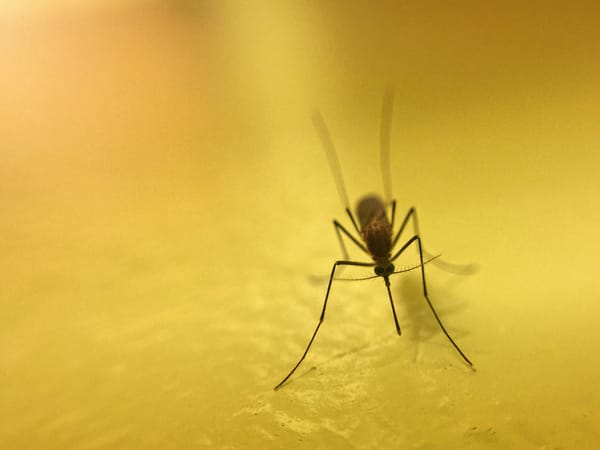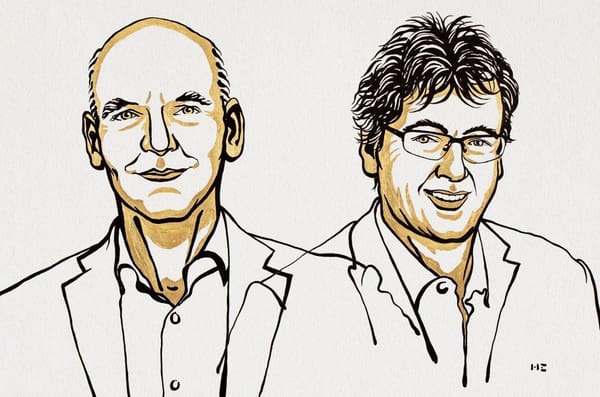The 2021 Nobel Prize in Medicine and Physiology
Felix Science covers the achievements that won scientists the Nobel Prize this year.

How are we able to sense where our body parts are without looking at them? How can we sense temperature changes in the world around us? Of the five senses, the molecular detection of vision, olfaction, audio, and taste are well understood. It is relatively less known how our bodies can perceive touch and the stimuli associated with it. For breakthroughs in the molecular sensors that our bodies use to detect heat, pain, and touch, the Nobel Prize in Physiology or Medicine this year was jointly awarded to David Julius and Ardem Patapoutian.
David Julius made his discovery in the 1990s when he found an ion channel that reacts to capsaicin, the chemical responsible for the feeling of heat from chili peppers. His lab had screened through a library of thousands proteins until finding one that, when expressed in a cell, allowed it to give off electrical signals in response to capsaicin. This ion channel, which they called TRPV1, allows the rapid entry of Ca2+ as a response to temperatures above 43oC, acidity, and chemicals similar to capsaicin. Since then, Julius and other researchers have discovered more members in the TRP protein family that are heat-sensitive, including TRPV2 which reacts to temperatures above 52oC, and TRPM8 which is sensitive to temperatures below 20oC. The mechanism behind the heat sensitivity of these proteins are still being understood, with researchers observing that the increase in temperature leads to a change in solubility and charge of the amino acids, thus forcing the ion channel to open or close.
More recently, Ardem Patapoutian discovered a population of cells that could respond electrically when mechanical pressure was applied on them by poking them with a micropipette tip. By inactivating the potential genes responsible in these cells one by one, his lab eventually found cells that no longer responded when poked, thus discovering the mechanosensitve ion channel Piezo1. In its unactivated state, Piezo1 naturally curves the cell membrane around it to form a sphere that projects into the cell. When mechanical pressure is applied that deforms the membrane curvature, it is thought that the “arms” of Piezo1 can act as a lever to transfer the mechanical force from the membrane to the channel to open/close it. A similar ion channel, called Piezo2, was later discovered. This protein allows us our body to detect the position of its own parts based on mechanical stretch sensed by the membranes of neurons.
Together, this work allows us to understand how our nervous system interprets varying levels of heat/touch and relays the corresponding electrical signal to our brain. These form the basis for how we navigate the world around us and regulate the systems inside us.








